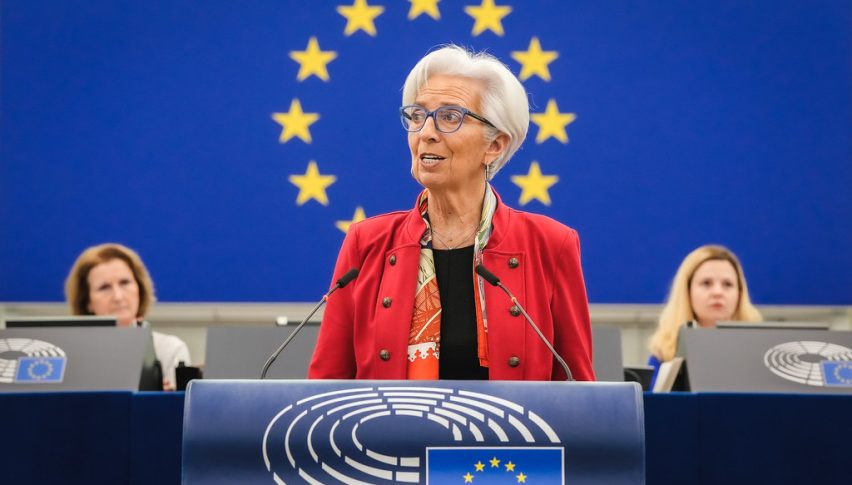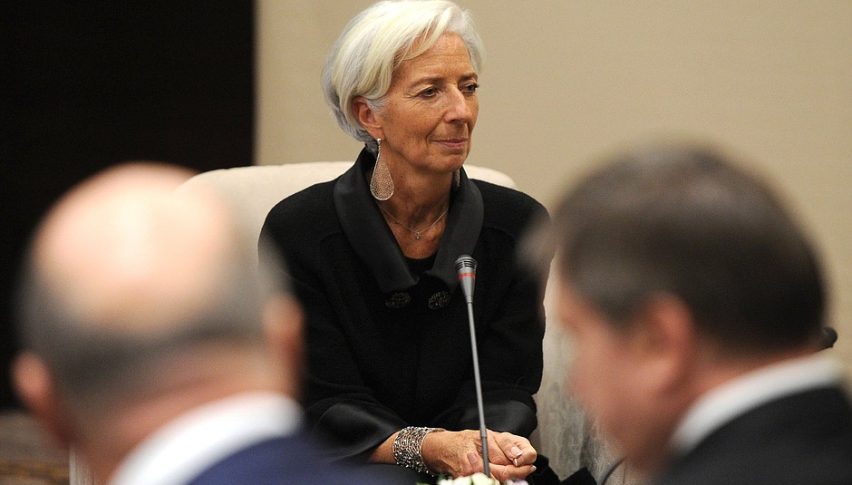No Tariffs, No Relief for the USD, While EUR, GBP, CAD, JPY All Benefit
The US dollar was hit with heavy selling in March and April, losing 10 cents against the EUR, GBP, CHF etc., but can it make a comeback?

Quick overview
- The US dollar has experienced significant selling pressure, losing value against major currencies amid complex economic policies.
- Trump's campaign themes may provide short-term economic stimulus, but risks like tariffs and rising deficits create long-term uncertainty.
- The dollar's status as the world's reserve currency is under strain due to overuse in sanctions and potential shifts in immigration policy.
- Concerns about the Federal Reserve's independence could lead to a weakened dollar and increased inflation if politically motivated appointees take charge.
Live EUR/USD Chart
The US dollar was hit with heavy selling in early March and April, losing 10 cents against the EUR, GBP, CHF etc., but can it make a comeback?
The U.S. economy is facing a complex mix of policy-driven forces under the renewed focus on Donald Trump’s campaign themes. While some of his agenda items may provide short-term stimulus, several underlying risks—ranging from tariffs to deficit dynamics—cast long-term uncertainty over growth, inflation, and dollar stability. Here’s a closer look at the major areas of concern:
Tariffs: Not As High, Sinking USD
At first glance, tariffs haven’t proven to be as damaging for the global economy as initially feared, but the retreat and the trade deals have weakened the USD, which is what the White House wants, since it helps US manufacturing and exports. However, some concern lies in the fragility of global supply chains—a vulnerability made clear during the coronavirus lockdowns. While tariff math suggests only a mild inflationary impact, real-world risks could trigger more dramatic consequences if bottlenecks emerge.
Even modest disruptions in critical components could send shockwaves through prices, especially in sectors already running lean. The growing complexity of trade policy underlines the risk that inflation may spike well beyond theoretical forecasts. That would send the USD higher and EUR/UAD, GBP/USD lower but I don’t think the impact in inflation will be big.
Growth Agenda: Will Reality Meet Expectations?
Trump’s 2016 victory was in part powered by a promise of lower taxes and reduced regulation, drawing strong support from conservatives and the business community. However, much of that “growth plan” has already been realized or extended, leaving little room for additional easy wins.
Moreover, rising policy uncertainty—including over trade and regulation—is becoming a drag on investment. If the Federal Reserve remains in a high-interest-rate posture to contain inflation, the economy may struggle to maintain momentum despite any fiscal stimulus.
Deficit: Will It Grow Further or Decline?
The U.S. federal deficit is now running near 7% of GDP—an extraordinary figure during a time of low unemployment. And if Trump’s proposed campaign policies are implemented without offsets, that figure could balloon closer to 10%.
Markets are already showing signs of strain. Bond yields are climbing, and investor sentiment is wavering amid fears that fiscal excess could lead to either eventual austerity, growth-crushing interest rates, or political instability. Congressional appetite for fiscal discipline seems minimal, raising alarm about sustainability.
EUR/USD Chart Weekly – Bullish Breakout
Global System Strain: Rules and Institutions Under Pressure
The U.S. dollar’s status as the world’s reserve currency is underpinned by more than economic might—it relies on global trust in American institutions, rule of law, and democracy. In Biden’s presidency the USD was overused in sanctions against Russia, Iran etc, making it lose some reputation, particularly in BRICS nations.
With Donald Trump’s return, the USD has regained some of that status, and with Russia-Ukraine conflict heading toward resolution, the status will improve further.
Immigration: Balancing Inflation and Politics
Trump’s hardline stance on immigration has always raised questions about how much is theater and how much translates into long-term policy. Regardless, immigrants—particularly undocumented ones—have helped keep inflation low in key sectors like agriculture, hospitality, and domestic services.
A tighter labor market, should immigration policy restrict supply further, could have an inflationary effect. Trump’s recent proposal suggesting a legal “leave and return” system introduces new uncertainty. If implemented, such policies may provide some balance—but the overall impact on inflation and wage growth remains difficult to forecast.
The Fed and Jerome Powell
Perhaps the most unsettling recent development involves a U.S. judge’s decision allowing Trump to move forward with dismissing two top officials from the Federal Trade Commission. If upheld, it could set a precedent for removing Federal Reserve leaders as well—including Chair Jerome Powell.
If the Federal Reserve’s independence is compromised, and politically loyal appointees take over monetary policy, the consequences for the U.S. dollar could be profound. Markets fear a dovish Fed pressured into keeping rates artificially low—a scenario that would weaken the currency and spark inflation.
Conclusion: More USD Weakness?
Trump’s agenda holds the potential for immediate political gains and short-term economic momentum. Yet beneath the surface, critical vulnerabilities are emerging. Whether it’s fiscal irresponsibility, institutional erosion, or trade missteps, the risks of long-term structural damage loom large.
As markets digest these evolving themes, the U.S. stands at a pivotal economic juncture. Investors, businesses, and policymakers alike must weigh the short-term sizzle of pro-growth rhetoric against the simmering threats to the system’s integrity.
- Check out our free forex signals
- Follow the top economic events on FX Leaders economic calendar
- Trade better, discover more Forex Trading Strategies
- Open a FREE Trading Account





